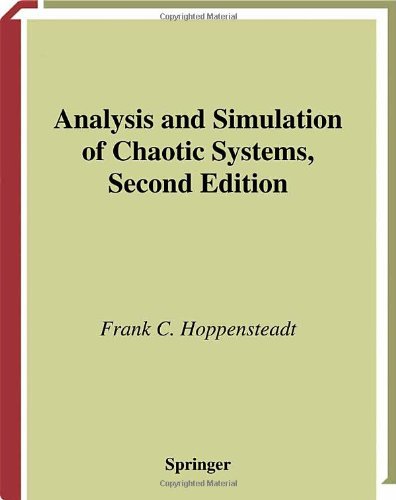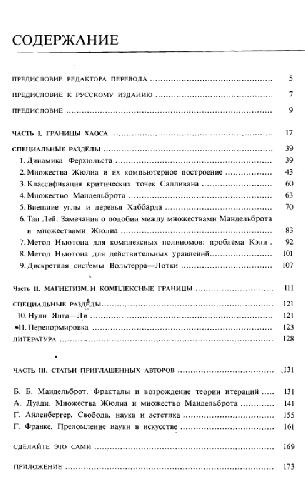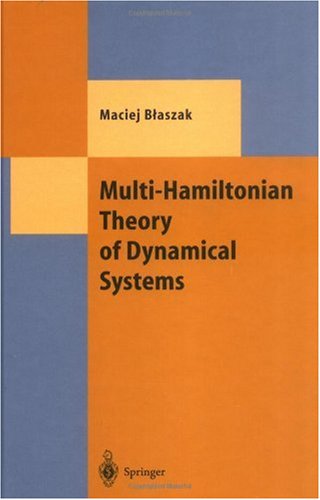Mark Shelhamer9812700293, 9789812700292
Table of contents :
Contents……Page 16
Preface……Page 8
1. The mathematical analysis of physiological systems: goals and approaches……Page 22
1.1 The goals of mathematical analysis in physiology……Page 23
1.2 Outline of dynamic systems……Page 26
1.3 Types of dynamic systems – random, deterministic, linear, nonlinear……Page 29
1.4 Types of dynamic behaviors – random, fixed point, periodic, quasi-periodic, chaotic……Page 32
1.5 Follow the “noise”……Page 34
1.6 Chaos and physiology……Page 35
General Bibliography……Page 38
References for Chapter 1……Page 39
2.1 Sampled data and continuous distributions……Page 41
2.2 Basic statistics……Page 42
2.3 Correlation coefficient……Page 45
2.4 Linear regression, least-squares, squared-error……Page 46
2.5 Random processes, white noise, correlated noise……Page 50
2.7 Concluding remarks……Page 51
References for Chapter 2……Page 52
3.1 Definition and properties of linear systems……Page 53
3.2 Autocorrelation, cross-correlation, stationarity……Page 54
3.3 Fourier transforms and spectral analysis……Page 56
3.4 Examples of autocorrelations and frequency spectra……Page 60
3.5 Transfer functions of linear systems, Gaussian statistics……Page 64
References for Chapter 3……Page 65
4.1 State variables, state space……Page 66
4.2 Time-delay reconstruction……Page 68
4.3 A digression on topology……Page 71
4.4 How to do the reconstruction correctly……Page 76
4.5 Example: detection of fast-phase eye movements……Page 81
4.6 Historical notes, examples from the literature……Page 84
4.7 Points for further consideration……Page 87
References for Chapter 4……Page 91
5. Dimensions……Page 94
5.1 Euclidean dimension and topological dimension……Page 95
5.2 Dimension as a scaling process – coastline length, Mandelbrot, fractals, Cantor, Koch……Page 96
5.3 Box-counting dimension and correlation dimension……Page 102
5.4 Correlation dimension – how to measure it correctly……Page 106
5.5 Error bars on dimension estimates……Page 113
5.6 Interpretation of the dimension……Page 115
5.7 Tracking dimension overtime……Page 117
5.8 Examples……Page 118
5.9 Points for further consideration……Page 120
References for Chapter 5……Page 123
6.1 The need for surrogates……Page 125
6.2 Statistical hypothesis testing……Page 126
6.3 Statistical randomization and its implementation……Page 127
6.4 Random surrogates……Page 129
6.5 Phase-randomization surrogate……Page 130
6.6 AAFT surrogate……Page 131
6.7 Pseudo-periodic surrogate……Page 134
6.8 First differences and surrogates……Page 135
6.9 Multivariate surrogates……Page 136
6.10 Surrogates tailored to specific physiological hypotheses……Page 138
6.11 Examples of different surrogates……Page 139
6.12 Physiological examples……Page 142
References for Chapter 6……Page 143
7.1 Predictability of prototypical systems……Page 145
7.2 Methodology……Page 147
7.3 Variations……Page 152
7.4 Surrogates, global linear forecasting……Page 153
7.5 Time-reversal and amplitude-reversal for detection of nonlinearity……Page 154
7.6 Chaos versus colored noise……Page 155
7.7 Forecasting of neural spike trains and other discrete events……Page 157
7.8 Examples……Page 158
References for Chapter 7……Page 160
8.1 Concept and methodology……Page 162
8.2 Recurrence plots of simple systems……Page 164
8.3 Recurrence quantification analysis (RQA)……Page 170
8.4 Extensions……Page 172
8.5 Examples……Page 173
References for Chapter 8……Page 174
9. Tests for dynamical interdependence……Page 176
9.1 Concepts……Page 177
9.2 Mutual false nearest neighbors……Page 178
9.3 Mutual prediction, cross-prediction……Page 181
9.4 Cross-recurrence, joint recurrence……Page 186
9.5 Mathematical properties of mappings……Page 190
9.6 Multivariate surrogates and other test data……Page 191
9.7 Examples……Page 192
References for Chapter 9……Page 193
10.1 Concepts……Page 196
10.2 Example……Page 197
10.3 Physiological examples……Page 199
References for Chapter 10……Page 200
11.1 Properties of mappings……Page 202
11.2 Parallel flows in state space……Page 204
11.3 Exceptional events……Page 206
11.4 Lyapunov exponents……Page 207
11.5 Deterministic versus stochastic (DVS) analysis……Page 208
References for Chapter 11……Page 209
12.1 Poincaré section……Page 211
12.2 Fixed points……Page 214
12.3 Chaos control……Page 224
12.4 Anticontrol……Page 229
References for Chapter 12……Page 230
13.1 Fractal time series, fractional Brownian motion……Page 232
13.2 fBm, correlation dimension, nonlinear forecasting……Page 235
13.3 Quantifying fBm: spectrum, autocorrelation, Hurst exponent, detrended fluctuation analysis……Page 237
13.4 Self-organized criticality……Page 238
References for Chapter 13……Page 239
14.1 The nature of the problem……Page 241
14.2 Approaches to nonlinear system identification……Page 242
14.3 A reasonable compromise……Page 243
References for Chapter 14……Page 244
15.1 Optokinetic nystagmus – dimension, surrogates, prediction……Page 246
Recurrence analysis……Page 248
Correlation dimension……Page 250
Surrogate data……Page 251
Filtering……Page 255
Nonlinear forecasting……Page 256
Mutual forecasting……Page 258
15.2 Eye movements and reading ability……Page 260
References for Chapter 15……Page 261
16.1 Postural center of pressure……Page 263
16.2 Rhythmic movements……Page 267
References for Chapter 16……Page 271
17.1 Physiology background……Page 273
17.2 Initial studies – evidence for chaos……Page 274
17.3 Later studies – evidence for randomness……Page 277
References for Chapter 17……Page 281
18.1 Epilepsy background……Page 283
18.2 Initial dynamical studies……Page 284
18.3 Dimension as a seizure predictor……Page 286
18.4 Dynamical similarity as a seizure predictor……Page 289
18.5 Validation with surrogates, comparison of procedures……Page 292
References for Chapter 18……Page 294
19.1 Heart-rate variability……Page 297
19.2 Noisy clock or chaos?……Page 299
19.3 Forecasting and chaos……Page 301
19.4 Detection of imminent fibrillation: point correlation dimension……Page 304
References for Chapter 19……Page 310
20.1 Background and early approaches……Page 313
20.2 Nonlinear forecasting of disease epidemics……Page 315
References for Chapter 20……Page 320
21.1 General concepts……Page 323
21.2 Psychiatric disorders……Page 324
21.3 Perception and action……Page 327
References for Chapter 21……Page 330
22. Final remarks……Page 332
Suggested references for further study……Page 334
A.1 State-space reconstruction……Page 337
A.2 Correlation dimension……Page 341
A.3 Surrogate data……Page 343
A.4 Forecasting……Page 344
A.5 Recurrence plots……Page 347
A.6 Periodic orbits……Page 348
A.7 Poincaré sections……Page 349
A.8 Software packages……Page 351
A.9 Sources of sample data sets……Page 354
Index……Page 356






Reviews
There are no reviews yet.